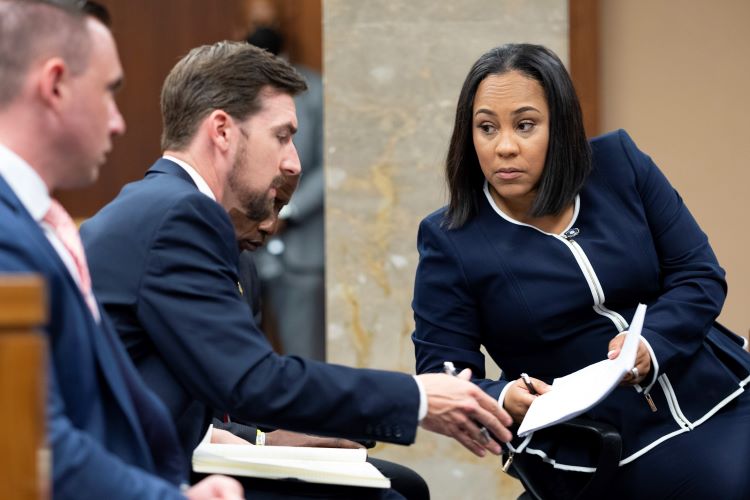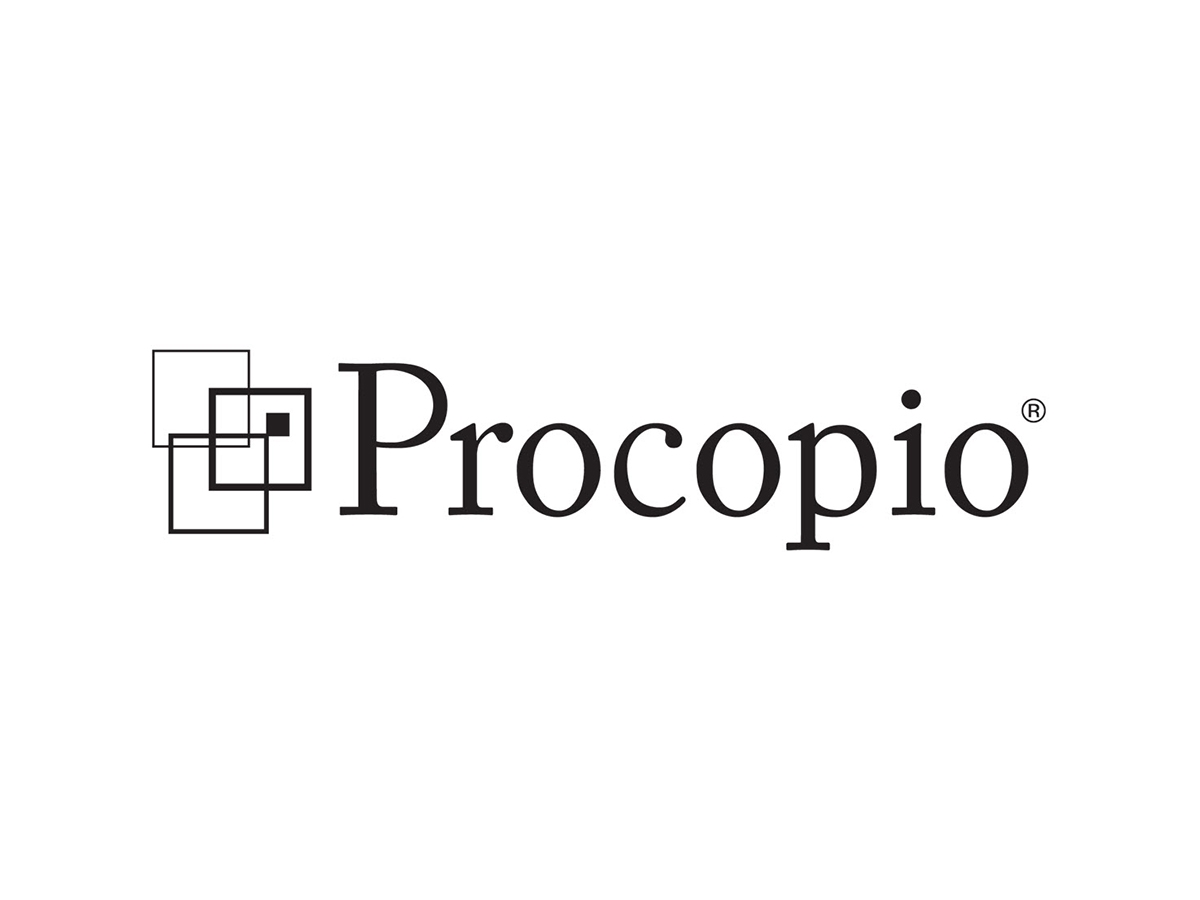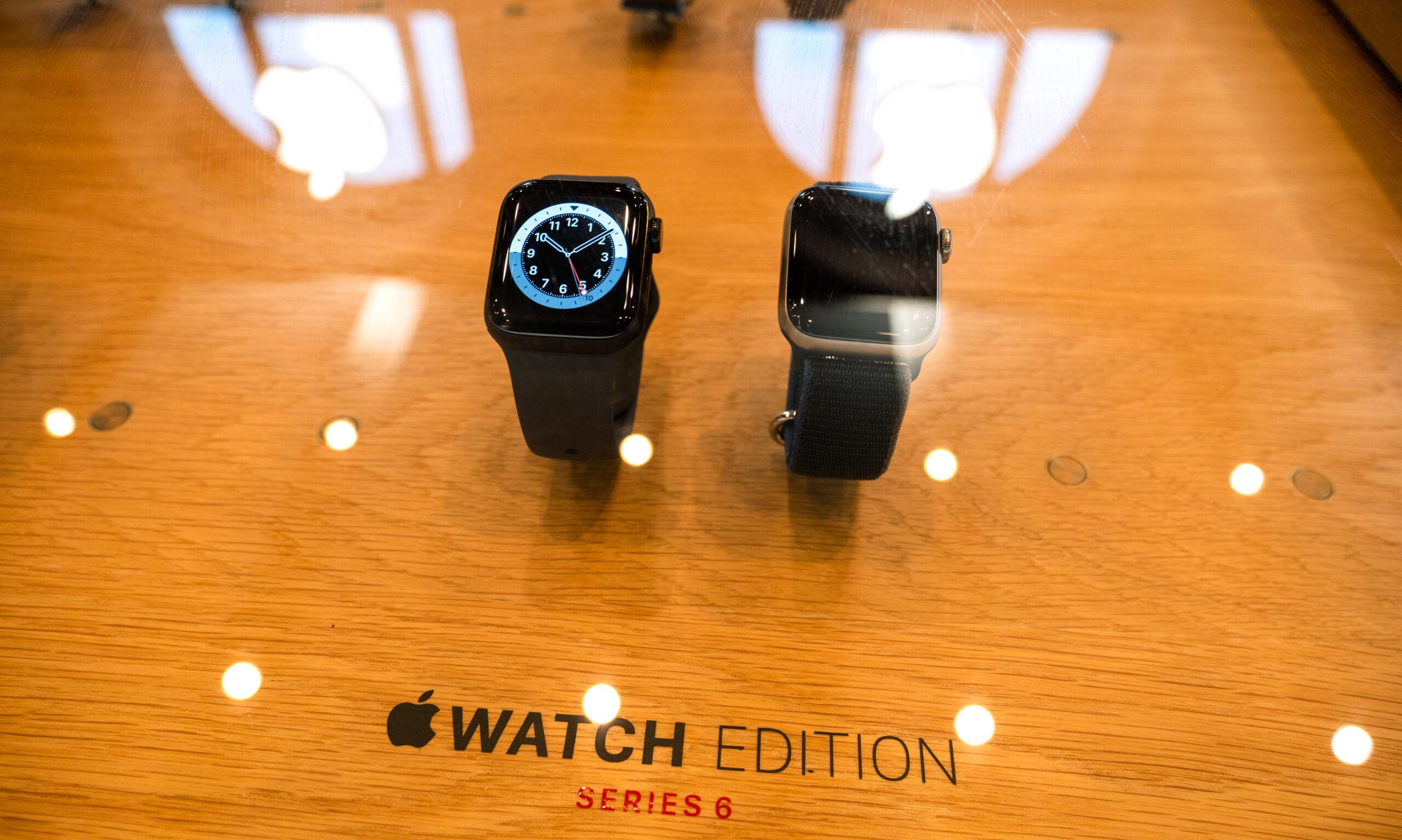FDA Statements and Patent Disclosures | Knobbe Martens
Medical Device companies often need the U.S. Food and Drug Administration (FDA) to approve “indications for use” of their products–for use selling them in the U.S. Those same companies often seek U.S. patent protection so that they can profit from their inventions underlying those same products. In both cases, the companies seek to persuade federal government agencies to approve their requests. However, at a high level, these requests can seem to conflict. For example, many times a company will seek to persuade the FDA that the product for which approval is sought is similar to previous products, reducing the amount of new safety testing required. On the other hand, the company may seek to persuade the U.S. Patent and Trademark Office (USPTO) that any inventions underlying the product are different from previous products and inventions. Recognizing the interests of companies seeking their approval, leaders of the FDA and USPTO exchanged letters to address how the two federal agencies could coordinate their work.
The main result for patent applicants was a federal register notice, where the USPTO emphasized that patent filers have a duty to disclose to the USPTO information “material to patentability.” The notice stated that to uphold this duty a reasonable inquiry “may comprise reviewing documents that are submitted to or received from other Government agencies, including the FDA. If any reviewed document is material to the patentability of a pending matter before the Office . . . the party has a duty to submit the information to the USPTO.” 37 CFR 1.56. By submitting a copy of FDA materials to the USPTO, the companies and their counsel can show “any statements made on their behalf to other Government agencies regarding the claimed subject matter, are consistent.” 87 Fed. Reg. 45766 (July 29, 2022).
For medical device companies, the action item is this: consider putting FDA counsel in touch with patent counsel so that FDA submissions can be reviewed and potentially submitted to the USPTO, if sufficiently relevant. Cases cited in the same federal register notice indicate that courts have held company personnel–not just counsel–responsible, summarizing two cases as follows:
Belcher Pharms., LLC v. Hospira, Inc., 11 F.4th 1345 (Fed. Cir. 2021) (affirming a district court’s determination of inequitable conduct because the patent owner’s Chief Science Officer failed to provide to the USPTO submissions he made to the FDA about the prior art that were inconsistent with positions taken before the USPTO during the prosecution of a pending patent application). . . .
In Bruno Independent Living Aids, Inc. v. Acorn Mobility Services, Ltd., 394 F.3d 1348, 1354 (Fed. Cir. 2005), the U.S. Court of Appeals for the Federal Circuit inferred intent to deceive and found inequitable conduct occurred when an official involved in both the FDA and the USPTO submissions chose to disclose material prior art to the FDA but not to the USPTO.
87 Fed. Reg. 45766 (July 29, 2022). The notice continues with a reminder that “Activities or documents associated with market testing, marketing, or commercialization by the patent applicant can also be material to patentability, and therefore, when material, should be disclosed to the USPTO.” Id. In view of these cases and because materiality may be somewhat subjective, it may be safer to disclose even more than a company considers truly material to the patent process.
Notwithstanding the benefits of both FDA and patent approvals, medical device companies should tread cautiously (and provide consistent information) when seeking benefits from different federal government agencies.






